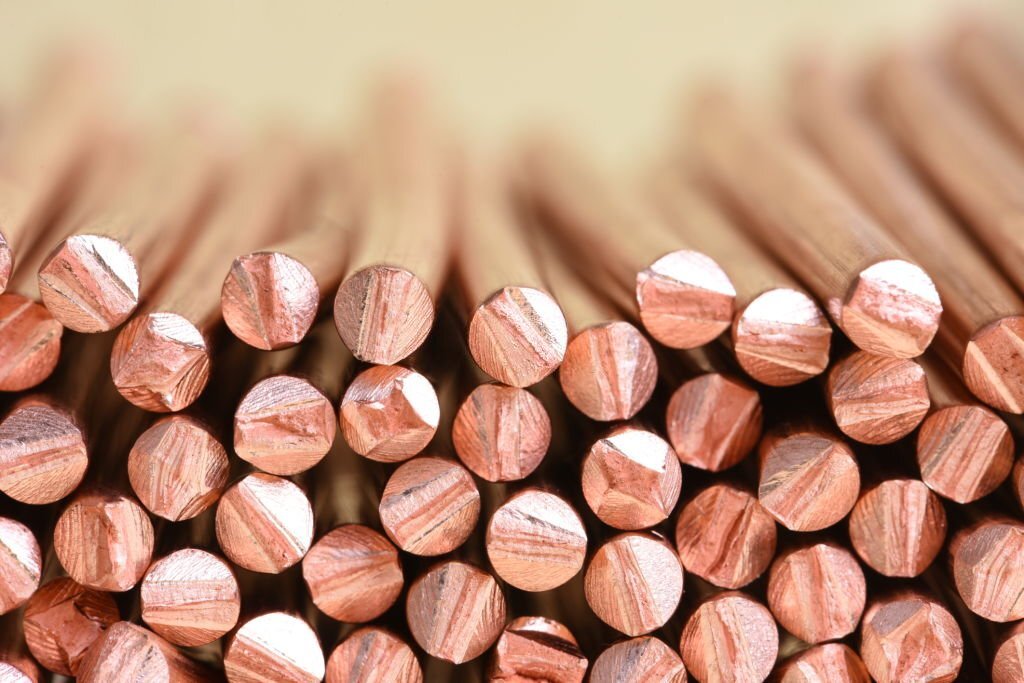The Earth grounding system is a vital component of electrical and lightning protection systems. It provides a conductive path for electrical charges to safely move to the ground and prevents equipment damage and breakdowns caused by direct lightning strikes. In this article, we will explore the importance of grounding rods in an integrated system for lightning, power, and telecom, and how they help reduce the risk of electric shock to humans.
Understanding the Earth Grounding System
The earth grounding system is a safety feature that connects a facility's electrical system to the ground. It helps to carry unexpected electrical charges safely to the ground without harming any other source. For instance, when lightning strikes, it can send an extra voltage of electricity to different electrical and electronic assets, causing damage. However, with grounding system in place, which is made up of a grounding rod and wires, this damage can be easily avoided.
The Need for Grounding Rods
In recent years, there have been changes in the global environment, such as global warming, extreme weather conditions, heat islands, and other phenomena that have led to increased heavy rain and lightning. On the other hand, advanced precision electronic equipment has become the need of the hour for every facility. Thus, preventing equipment damage and breakdowns caused by direct lightning strikes has become a major issue.
It's essential to know that grounding, though not a visible element, is a fundamental and indispensable part of an electrical and lightning protection system.
The Chem-Rod Grounding Electrode
The Chem-Rod Grounding Electrode is the latest electrode used worldwide. It provides a low surge impedance as well as low resistance earth contact. These grounding rods are constructed to comply with UL requirements. It's a large copper tube with extremely low AC impedance, and each Chem-Rod creates an optimal electrical connection to earth with a large conductive surface.
The ground augmentation fill is the key component that makes this Chem-Rod maintenance-free, giving a longer performance and ensuring the best grounding connection possible. It has a large conductive surface but takes up far less land mass and can easily replace ten conventional grounding rods.
An Integrated System for Lightning, Power, and Telecom
The Chem-Rod Grounding Electrode is an integrated system for lightning protection, power systems, and telecom systems. It has a low overall resistance of 10 ohms or less and a high resistance to corrosion. The Chem-Rod Grounding Electrode is essential in providing a safe, efficient, and cost-effective grounding solution for all types of electrical and electronic equipment.
Benefits of Using Chem-Rod Grounding Electrode
Using the Chem-Rod Grounding Electrode has numerous benefits. It is a cost-effective solution that reduces the number of conventional grounding rods needed to provide the same level of grounding. It is maintenance-free, which ensures long-term performance and minimal upkeep costs. The Chem-Rod Grounding Electrode provides a low surge impedance, which helps prevent equipment damage caused by direct lightning strikes.
Installation and Maintenance
Installation of the Chem-Rod Grounding Electrode is straightforward and requires minimal expertise. The installation process involves driving the electrode into the ground until it reaches the required depth. After installation, the Chem-Rod Grounding Electrode requires minimal maintenance, making it an ideal solution for any facility.
Conclusion
Grounding rods are a crucial component of an integrated system for lightning, power, and telecom. They provide a safe and efficient way to carry unexpected electrical charges to the ground, preventing equipment damage and breakdowns caused by direct lightning strikes. The Chem-Rod Grounding Electrode is a cost-effective solution that provides a low surge impedance, low resistance earth contact, and high resistance to corrosion. It is maintenance-free, which ensures the best grounding solution possible.
